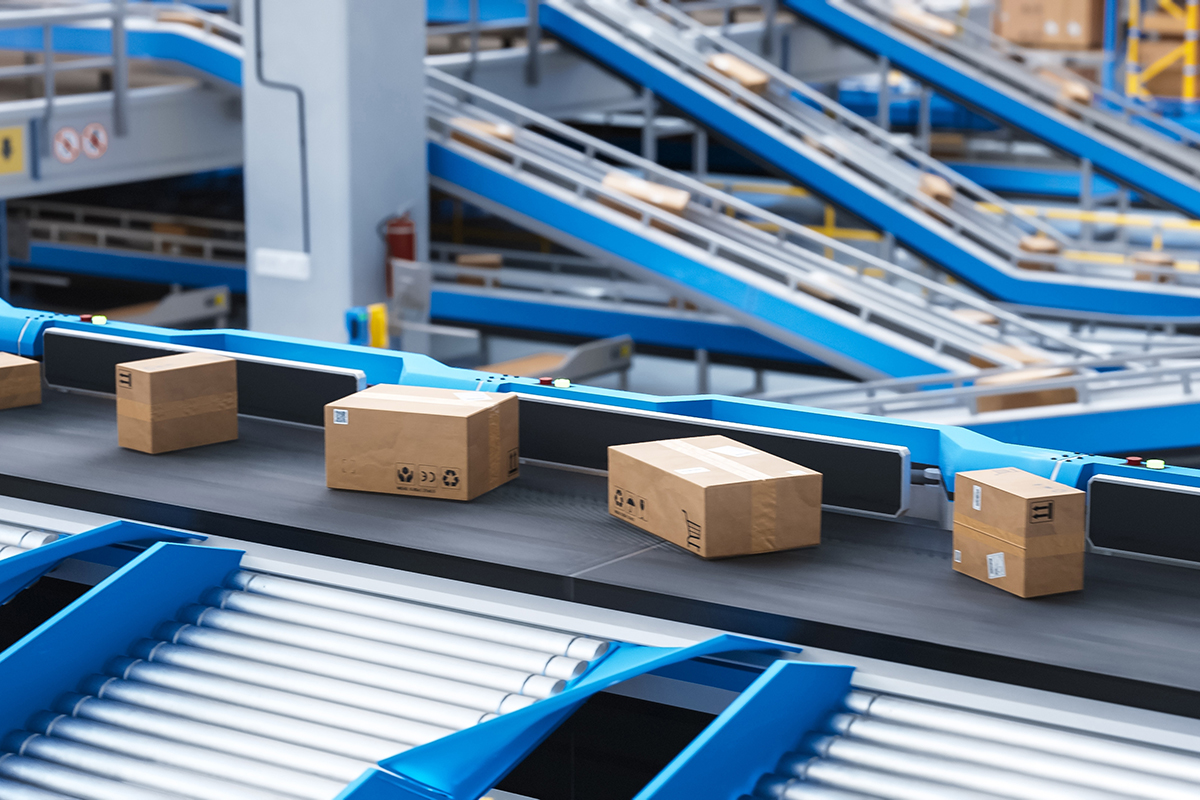OCC end users have been paying consistently higher prices for the recovered fiber grade since last fall, and it played heavily into their discussions of first-quarter earnings this year.
“The OCC markets show consistent strong demand,” said Mario Plourde, president and CEO of Kingsey Falls, Québec-based packaging producer Cascades, on the company’s May 9 earnings call. This includes a “growing amount needed for new recycled containerboard mills being ramped up and lower seasonal generation levels, which put upward pressure on pricing.”
The tighter OCC market for buyers – and the resulting impact on quarterly financials – was reflected in numerous paper company earnings calls in recent weeks. For example, in the first three months of 2024, International Paper paid $25 million more for OCC in North America than it did during the prior-year period, according to its April 25 earnings presentation.
The company noted that raising its box and containerboard prices helped increase profits, but that this benefit was outweighed by lower volumes and higher costs for recovered fiber, primarily from OCC. According to RecyclingMarkets.net, U.S. OCC is currently selling for an average of $106 per ton, more than twice what it was going for a year ago.
Rising OCC costs are among the factors paper companies are looking to offset through measures like price increases for their products. They’re having mixed success, as Sonoco Chief Financial Officer Rodger Fuller said on the Hartsville, South Carolina-based company’s May 1 earnings call.
Fuller noted “higher input costs such as OCC and wage inflation have not yet been recovered through pricing increases.” The company has implemented price increases in its open-market product sales, but it has contractual sales that are tied to the prices reported in pricing indexes, like RISI’s Pulp and Paper Week, and the indexes have not reflected those price increases. That has created financial strain from the company’s contractual sales.
Plourde of Cascades also commented on the indexes, noting the company projects containerboard sales revenue will increase in the current quarter as the benefit from index price increase begins to have an impact.
Recovered fiber price increases have slowed in recent months – OCC only increased $1 per ton in May, according to RecyclingMarkets.net – but most companies expect OCC will continue to increase to some degree throughout the second quarter. Sonoco, for instance, projected a $5 per ton increase by the end of the second quarter compared with the first.
Companies see varied corrugated packaging trends
At International Paper, corrugated packaging sales, which include finished boxes, declined by 6% year-over-year, coming in at 2.2 million short tons during the first quarter of 2024. Containerboard sales, which covers the liner and medium materials needed for box production, increased from 544,000 short tons in the first quarter of 2023 to 739,000 short tons in the first quarter this year.
Altogether, IP’s industrial packaging segment saw sales decrease from $3.84 billion in the first quarter of 2023 to $3.80 billion this year. And its profits declined from $315 million in this segment last year to $216 million this year, largely because of the higher OCC and other feedstock prices.
In all, Atlanta-based WestRock reported $4.7 billion in sales during the three months ended March 31, down from $5.3 billion a year earlier. This drop was driven by an 8.7% decrease in corrugated packaging sales, a 13.0% decrease in global paper sales and a 12.0% decrease in consumer packaging sales.
In North America, WestRock shipped 1.27 million tons of corrugated packaging during the quarter, down from 1.32 million tons during the same period last year. Consumer paperboard shipments declined, as did pulp shipments. But the company’s global containerboard and kraft paper shipments increased from 699,000 tons in the quarter last year, up to 747,000 tons this year.
WestRock anticipates higher recycled fiber prices will continue in the next quarter, only partially offset by lower energy costs. The company did not hold an earnings call, citing its proposed merger with Smurfit Kappa.
At Lake Forest, Illinois-headquartered Packaging Corporation of America, sales were flat at about $2 billion year over year, but the company saw positive trends in corrugated packaging sales.
During the company’s April 23 earnings call, Tom Hassfurther, executive vice president of corrugated products, reported that “total shipments with one less shipping day were up 9.2% compared to last year’s first quarter. Compared to the pre-COVID period of the first quarter of 2019, shipments were up over 10.4% on a per day basis.” He added that containerboard sales to outside buyers increased by 40,000 tons compared to the prior-year quarter.
Recycled paper mill capital projects
Although recycled paper mill expansions have slowed of late, two companies commented on in-progress projects.
Graphic Packaging reported spending significantly more on capital expenditures during this year’s quarter – $331 million, up from $196 million last year. That reflects an “acceleration in project spend for the Waco, Texas, recycled paperboard manufacturing facility,” the company noted in first-quarter earnings results.
Cascades reported it is ramping up production at its Bear Island, Virginia, recycled fiber mill. Plourde said the company early this year began increasing the amount of mixed paper the facility is using as a percentage of its feedstock. The company is taking a cautious approach, he added, to ensure it maintains quality control on the output products. It has the capacity to eventually use up to 60% mixed paper, he said, but the facility is not at that point yet.






















